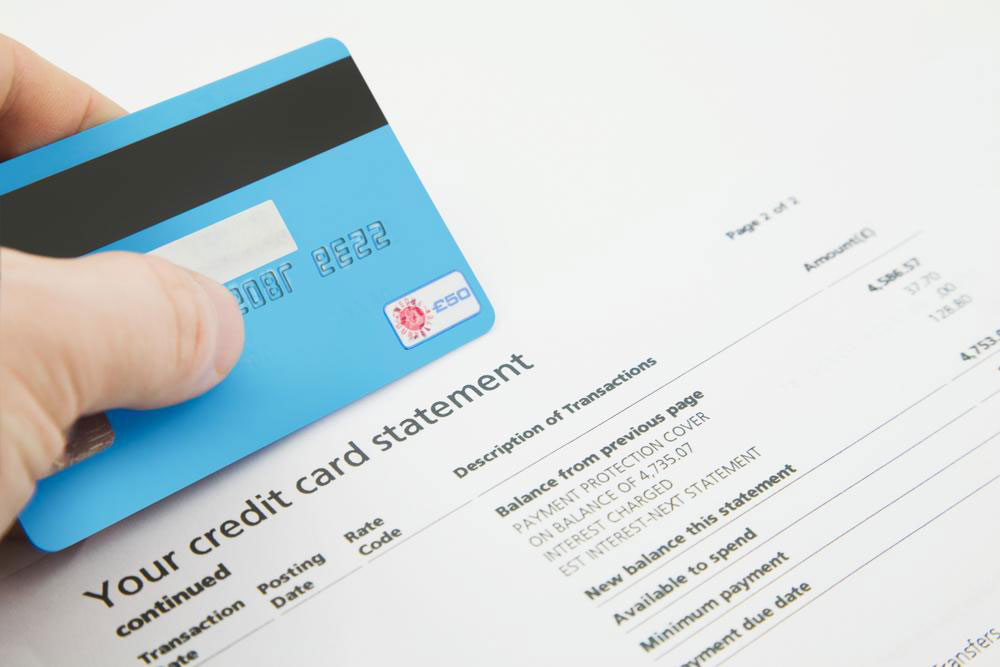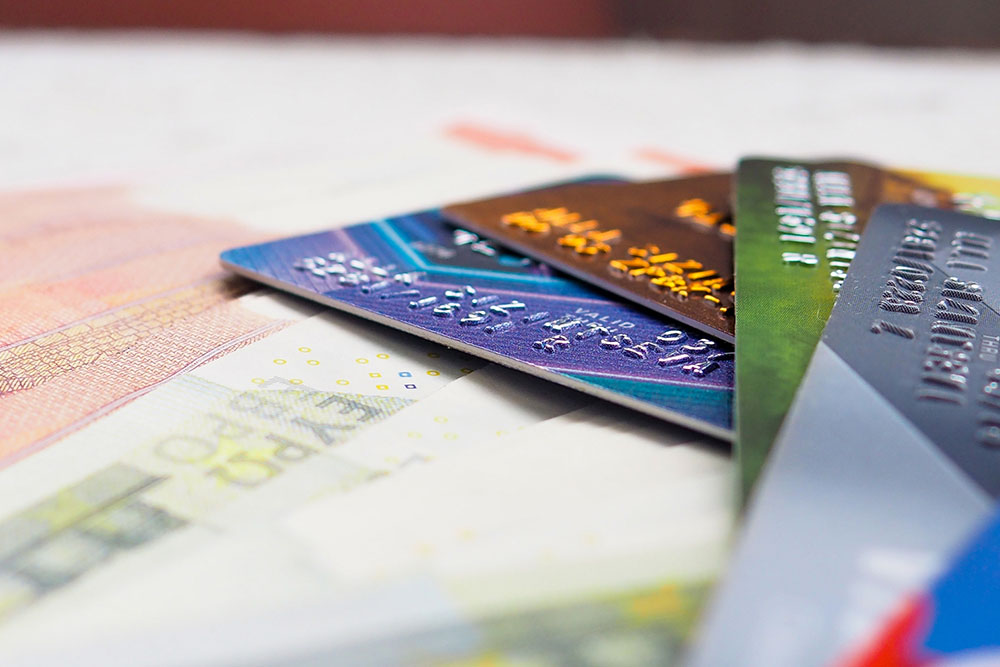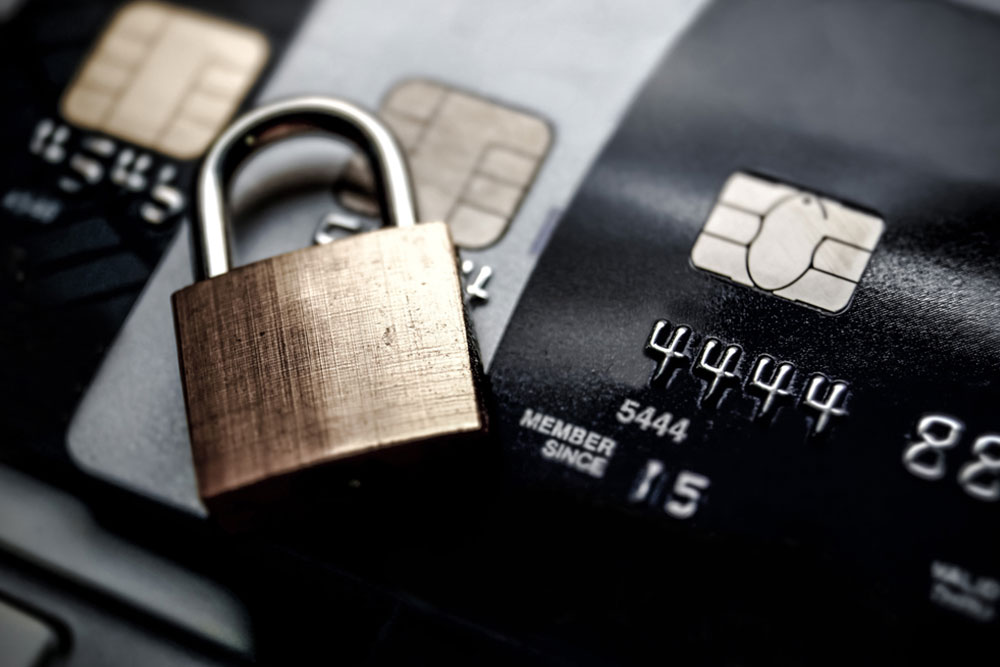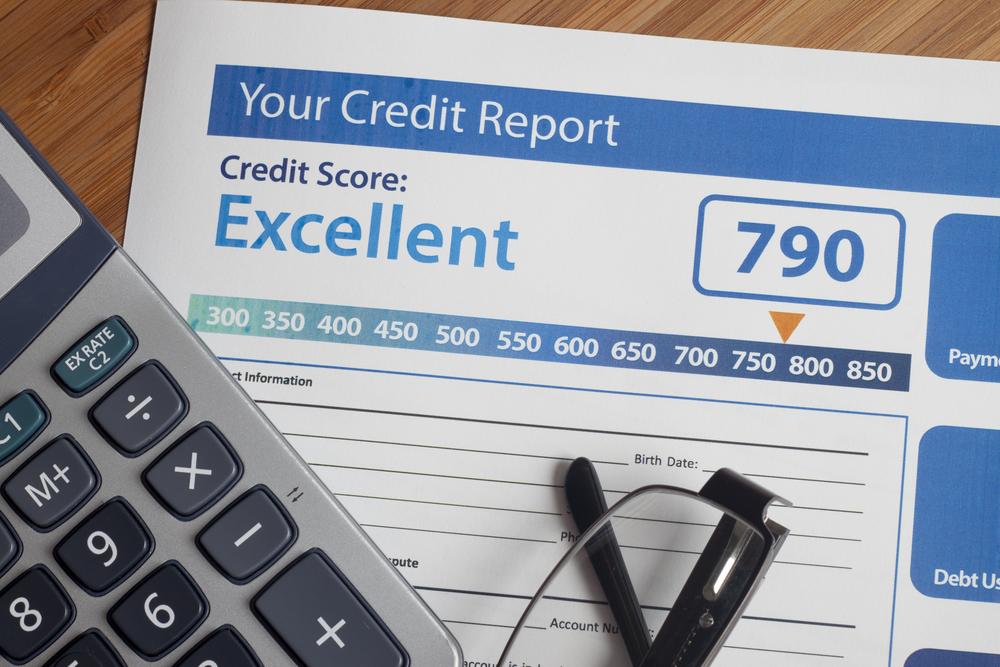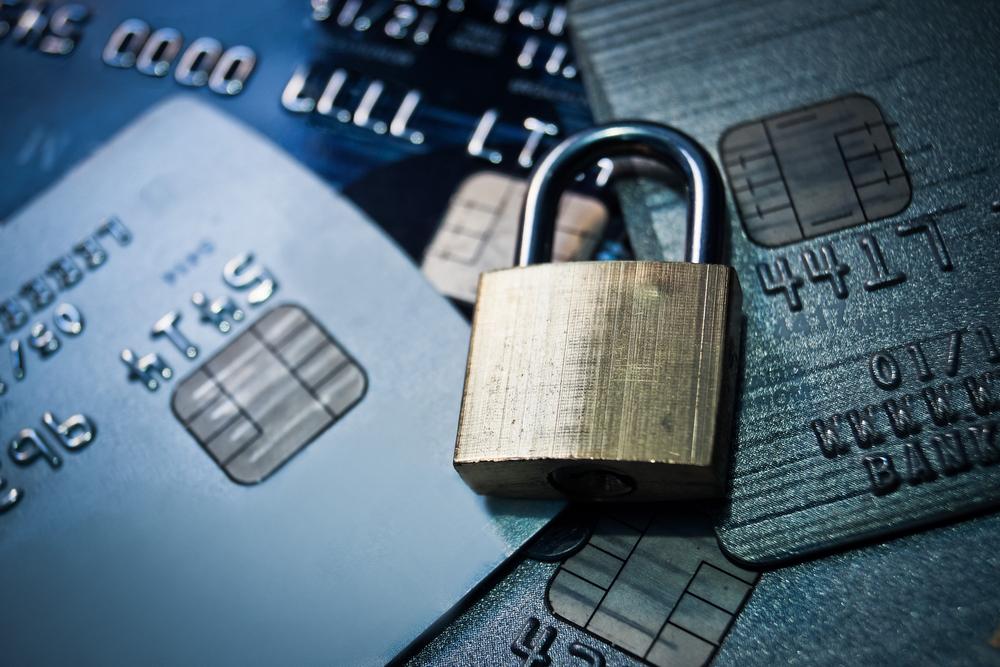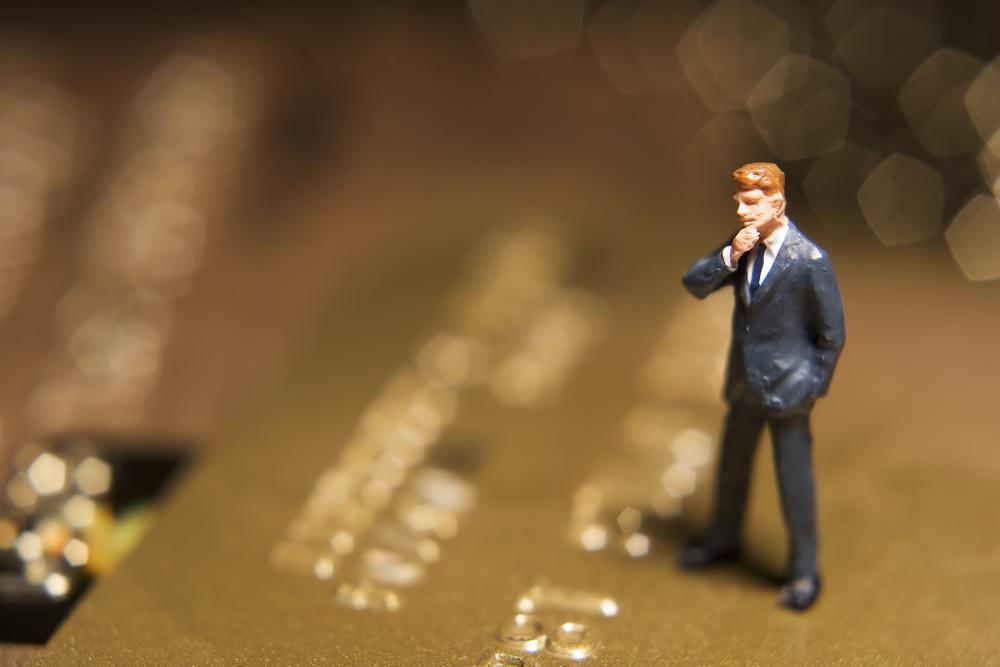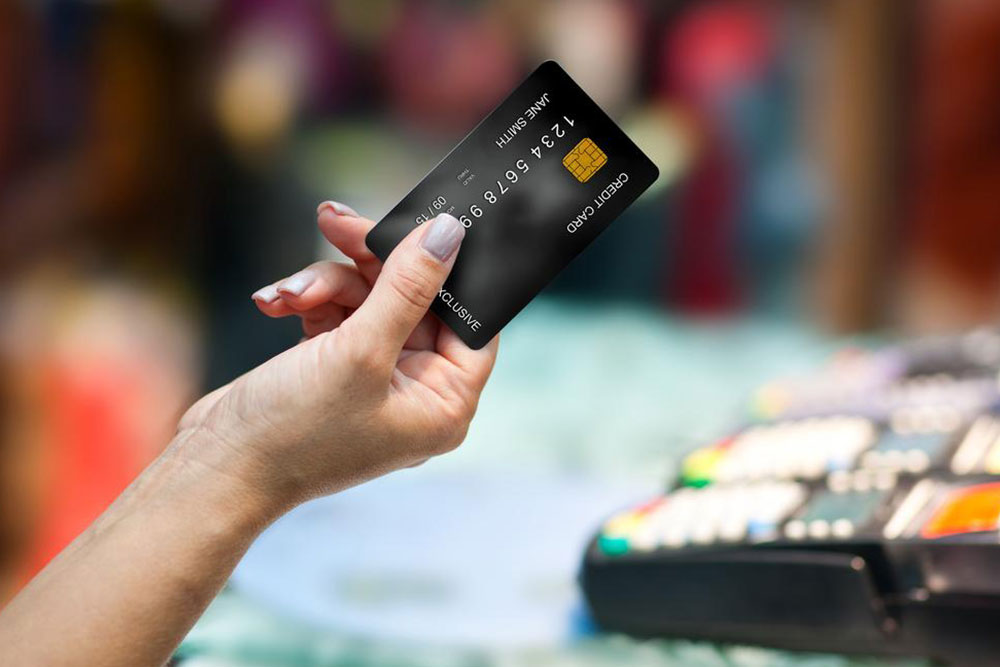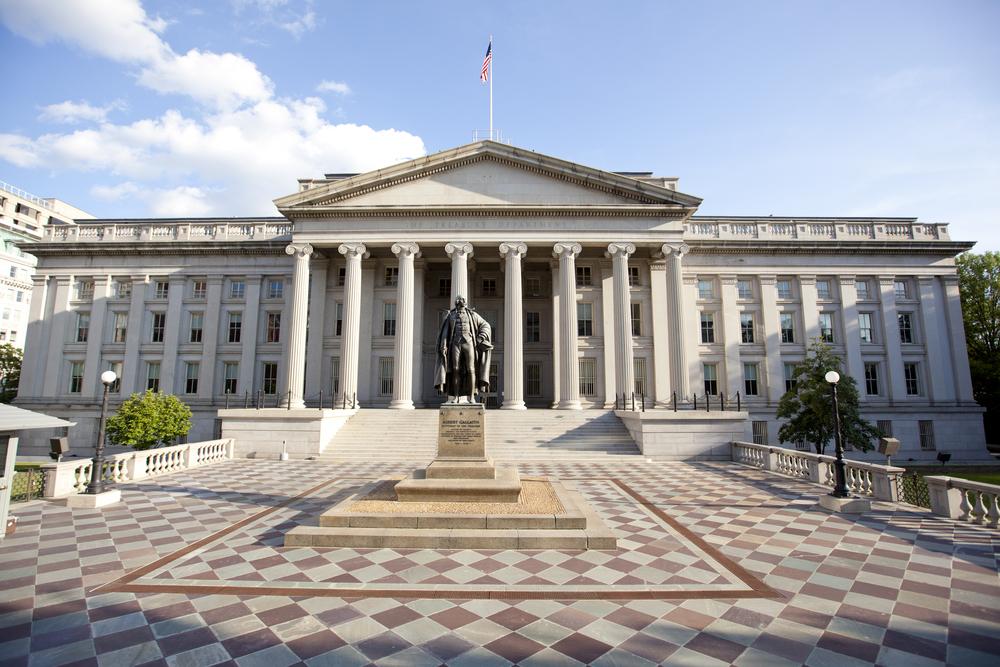Understanding the Basics of Secured Credit Cards
Learn about secured credit cards, how they work, their benefits, and tips for responsible use. These cards are essential tools for building or repairing your credit profile, offering an accessible way to establish credit history. Understand the differences between secured and unsecured cards, potential costs, and ways to maximize benefits. Whether you're new to credit or rebuilding after setbacks, secured credit cards can help you achieve your financial goals and improve your creditworthiness over time.
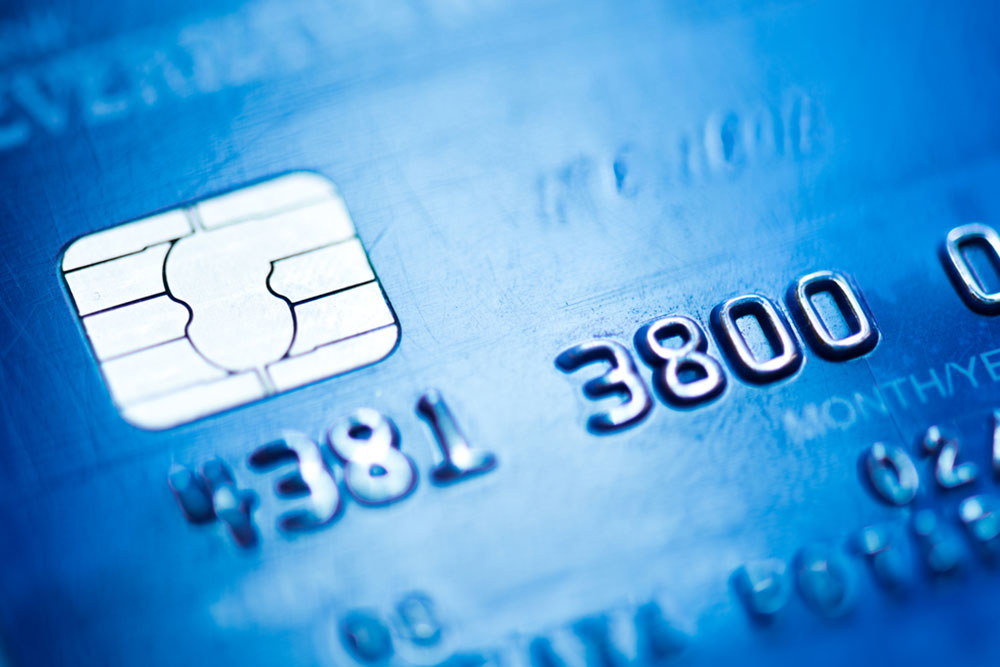
Understanding the Basics of Secured Credit Cards
Secured credit cards are financial tools that require an initial refundable deposit, which establishes your credit limit. You can add more to this deposit to increase your borrowing capacity. Many banks incentivize responsible use of secured cards by offering rewards, such as points, to cardholders maintaining good credit habits.
Comparison: Secured vs. Unsecured Credit Cards
Unsecured credit cards are traditional credit cards that don’t require a security deposit and are issued based on your creditworthiness. Secured cards, on the other hand, need a deposit upfront, reducing risk for issuers and helping those with limited credit history build or rebuild their credit profiles.
With an initial security deposit, secured credit cards function similarly to unsecured cards and can be used anywhere credit is accepted. For example, depositing $1000 allows purchases up to that amount. Regular use, timely payments, and responsible spending can enhance your credit score and qualify you for rewards and higher credit limits. If balances are managed properly, interest fees may apply. Secured cards are ideal for building or repairing credit, and after 12-18 months of consistent good behavior, some banks permit switching to unsecured cards.
Advantages of Secured Credit Cards
They report your account activity to credit bureaus, aiding in credit score development.
Easy approval process, since the deposit mitigates lender risk.
Your deposit acts as collateral; defaulting on payments only affects this deposit unless your debt exceeds it.
Interest can accrue on your security deposit, providing potential earnings.
Some issuers allow conversion to unsecured cards without needing a new account.
Potential Drawbacks
Higher interest rates due to increased default risk, so paying balances in full is recommended.
The security deposit itself is a cost, often starting at around $100.
Additional fees such as application, processing, and annual fees can increase upfront costs.
Tips for Maximizing Your Secured Card
Pay balances in full to avoid interest charges.
Use the card sparingly, making only a few transactions each month.
Monitor your credit score and request an upgrade to an unsecured card when eligible.
Maintaining a good credit score through secured cards can lead to benefits like lower interest rates, rewards, and favorable terms, even if an unsecured card isn’t immediately available. Many banks offer secured credit cards—visit their websites or local branches to learn more and apply.

